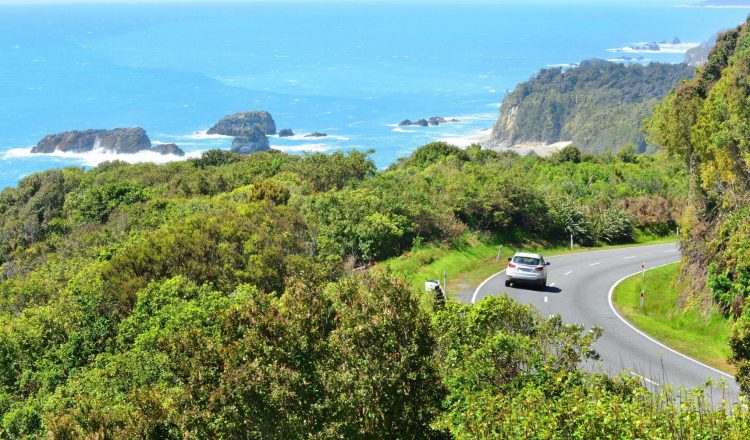年轻的司机
持有限执照的司机参与致命或严重伤害事故的可能性比其他驾驶员高 7 倍。数据还显示,年轻受限制的驾驶员在持有限执照的前 6 至 12 个月内发生严重车祸的风险比他们生命中的任何其他时间都更容易发生严重车祸。风险增加的部分原因是驾驶经验不足。
2019 年,16-24 岁的年轻驾驶员参与了 71 起致命坠毁,612 起严重伤害坠毁和 3,058 起轻伤坠毁。*
了解风险
随着经验和决策技能的发展,以便识别危险情况并作出安全选择,崩溃的风险就会降低。
对于年轻司机来说,两种最危险的情况是夜间开车和携带乘客。这就是为什么限制执照的条件禁止在晚上 10 点至凌晨 5 点之间在没有主管的情况下驾驶,禁止随时在没有主管的情况下携带乘客(除少数例外)。
独自驾驶
对于任何新驾驶员来说,风险最大的时间是前 6 至 12 个月的独自驾驶。
培养你的驾驶技能
在各种条件和情况下获得驾驶体验非常重要。年轻司机做到这一点的最佳时机是与经验丰富的主管一起提供建议和指导。Drive 计划是由新西兰运输局和 ACC 联合创建的免费实用驾驶计划,旨在帮助驾驶员
准备好参加限制考试了吗?
限制执照考试需要高标准的驾驶。如果你失败了,你必须支付另一笔费用才能再坐下来。
你有信心吗?
- 执行反向平行公园或三点转弯-您需要能够在两分钟内完成平行公园,前后移动不超过四个动作)
- 以高速(70km/h 或更高)安全地更换车道-这包括正确发送信号以及执行镜子和肩部检查
- 右转穿过迎面交通的两条车道 —— 这包括选择安全的交通缺口和正确定位汽车。
如果你不能做这些事情,那么你还没准备好参加考试。如果可以的话,你还应该通过查看你需要做的其他事情有 限的许可证测试信息 (外部链接) 云端硬盘网站

















































